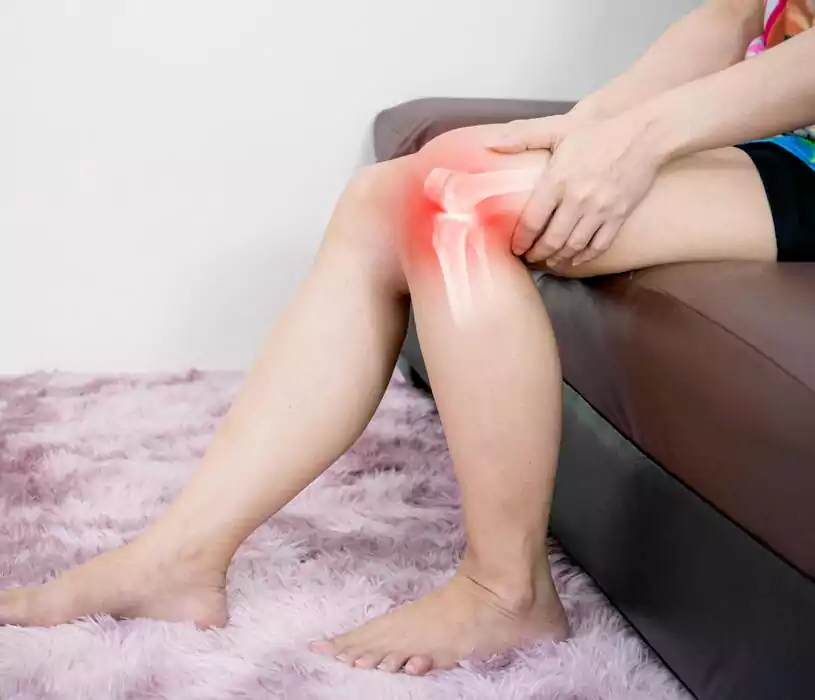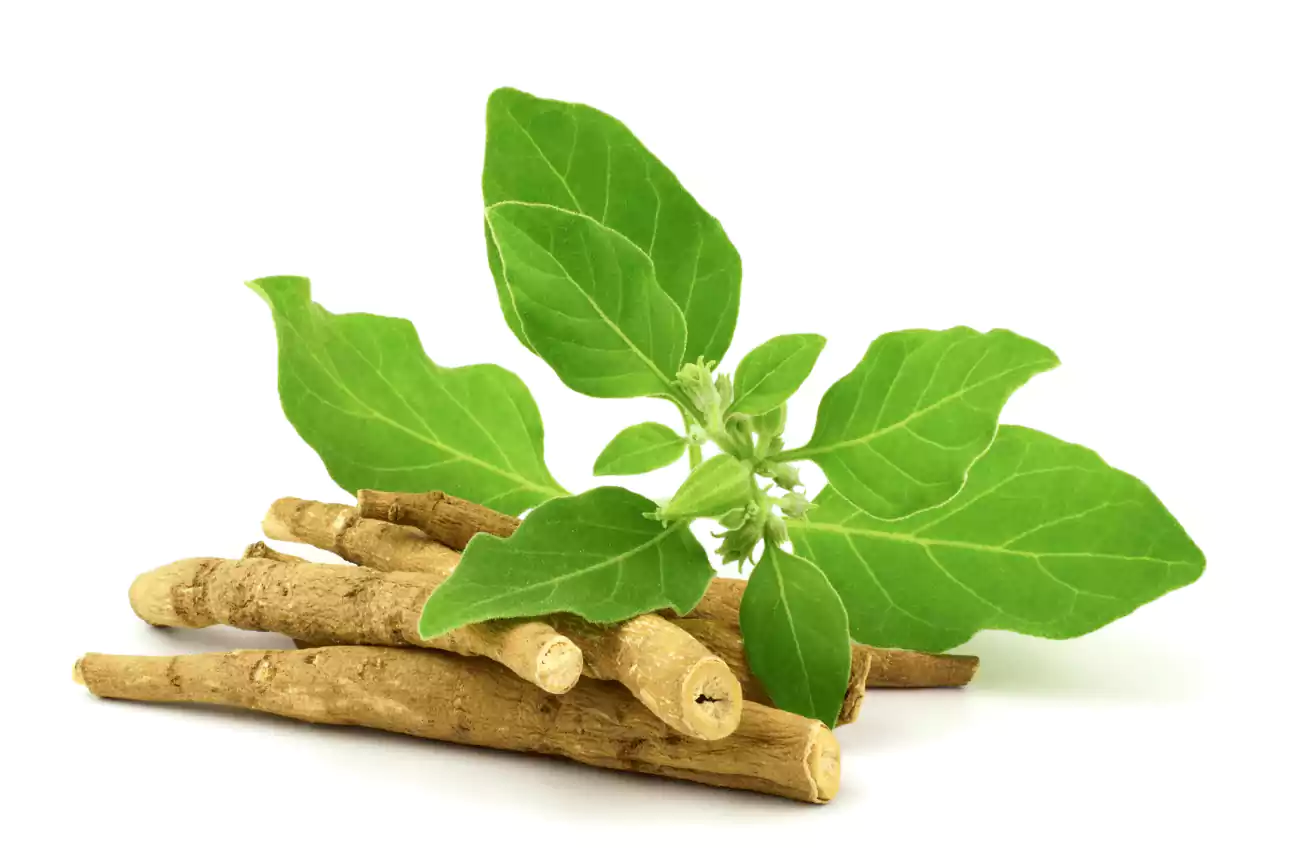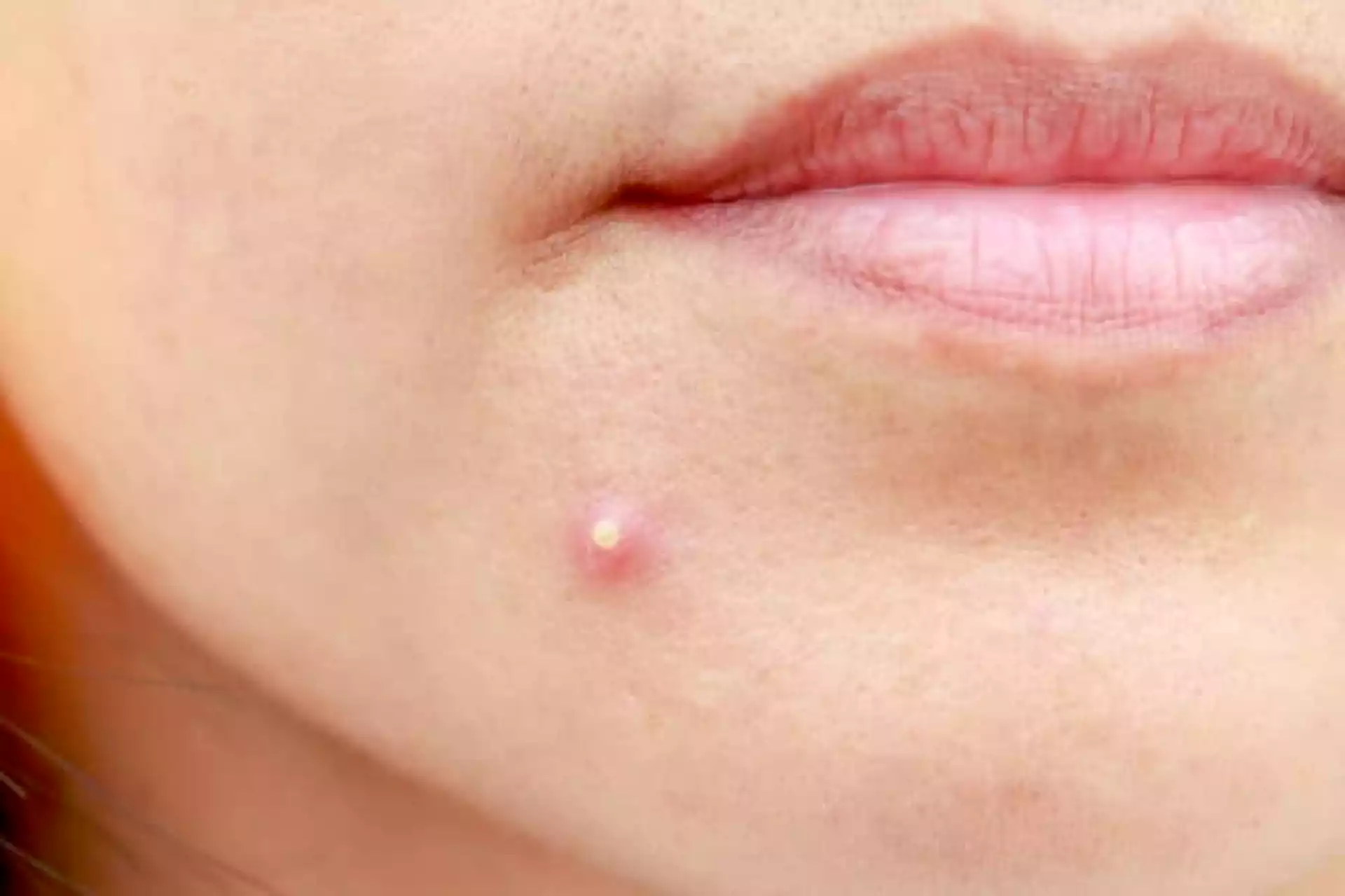Diet for healthy liver
The liver is the largest glandular organ of the body. It weighs about 3 lb (1.36 kg). It is reddish brown in color and is divided into four lobes of unequal size and shape. The liver lies on the right side of the abdominal cavity beneath the diaphragm. Blood is carried to the liver via two large vessels called the hepatic artery and the portal vein. The heptic artery carries oxygen-rich blood from the aorta (a major vessel in the heart). The portal vein carries blood containing digested food from the small intestine. These blood vessels subdivide in the liver repeatedly, terminating in very small capillaries. Each capillary leads to a lobule. Liver tissue is composed of thousands of lobules, and each lobule is made up of hepatic cells, the basic metabolic cells of the liver.
Liver care
.png)
As we all aware liver is very important part of our body, we must think about liver before we eat or do something. liver depends on how we take care of it . . . then only it can take care of us. Liver serves as your body's engine, pantry, refinery, food processor, garbage disposal, and "guardian angel." The trouble is, your liver is a silent partner; when something's wrong it does not complain until the damage is far advanced. So it needs your help every day to keep it healthy and hepatitis-free. To do that, you need to eat a healthy diet, exercise, get lots of fresh air, and avoid things that can cause liver damage.
There are many kinds of liver diseases. Viruses cause some of them, like hepatitis A, hepatitis B and hepatitis C. Others can be the result of drugs, poisons or drinking too much alcohol. If the liver forms scar tissue because of an illness, it's called cirrhosis. Jaundice, or yellowing of the skin, can be one sign of liver disease.
The liver is the only organ in the body that can easily replace damaged cells, but if enough cells are lost, the liver may not be able to meet the needs of the body.
The liver can be considered a factory; and among its many functions include the:
-
production of bile that is required in the digestion of food, in particular fats;
-
conversion of the extra glucose in the body into stored glycogen in liver cells; and then converting it back into glucose when the need arises;
-
production of blood clotting factors;
-
production of amino acids (the building blocks for making proteins), including those used to help fight infection;
-
the processing and storage iron necessary for red blood cell production;
-
manufacture of cholesterol and other chemicals required for fat transport;
-
conversion of waste products of body metabolism into urea that is excreted in the urine; and
-
Metabolization medications into their active ingredient in the body.
Here are some foods which are good for the liver when consumed regularly in moderate quantities.
Garlic
.png)
Garlic contains allicin which is a sulfur-based compound needed by the liver for effective detoxification. Garlic helps the liver rid the body of mercury, certain food additives and the hormone estrogen.
Onions
The strong smells and flavors that are unique to onions come from “glucosoids”, volatile, stinging acidic juices contained in most varieties of “Liliaceas”, the family of onions. Vitamin B, Niacin and potassium are also highly active ingredients found in most onion varieties. Their volatile juices are effective anti-parasite agents and aid the liver in flushing out toxins as well. No matter how onions are used, they are one of the healthiest foods for the liver.
Vegetables (broccoli, Sprouts, cauliflower, cabbage)
.png)
These vegetables are very powerful detoxifiers of the liver. They contain chemicals that neutralize certain toxins such as nitrosamines found in cigarette smoke and aflotoxin found in peanuts. They also contain glucosinolates that help the liver to produce enzymes it needs for its detoxification processes.
Freshly squeezed lemon in hot water.
Drinking freshly squeezed lemon juice in a cup of boiled water first thing in the morning helps to cleanse the liver and promote detoxification. It also stimulates bile production, cleanses the stomach and bowel and stimulates a bowel motion.
Beetroot
It's a blood-purifying tonic that is also capable of absorbing heavy metals.
High-antioxidant fruits
.png)
blueberries, blackberries, strawberries, raspberries, plums, oranges, pink grapefruit, cantaloupe, apples and pears. Antioxidants help to protect the liver from the high levels of free radicals that are naturally produced during the process of detoxification.
Apples
Apples contain pectin that bind to heavy metals in the body (in particular in the colon) and help their excretion. This reduces the load on the liver and its detoxification capacities.
Artichoke
Increases bile production. One of the jobs of bile is to remove toxins through the bowel, as well as 'unfriendly' micro-organisms. It has been suggested that 30 minutes after eating globe artichoke, bile flow is increased by over 100%.
Bitter leafy salad greens
The bitterness of these foods helps to stimulate bile flow within the liver.
Coconut
Coconut water is so quickly and easily processed by the liver than it could actually be effectively transfused intravenously directly into your blood stream. Also a rich source of organic oils, calcium, phosphorous and Iron which are easily broken down and used by the liver in a number of key functions. Coconut also contains amounts of vitamin C.




